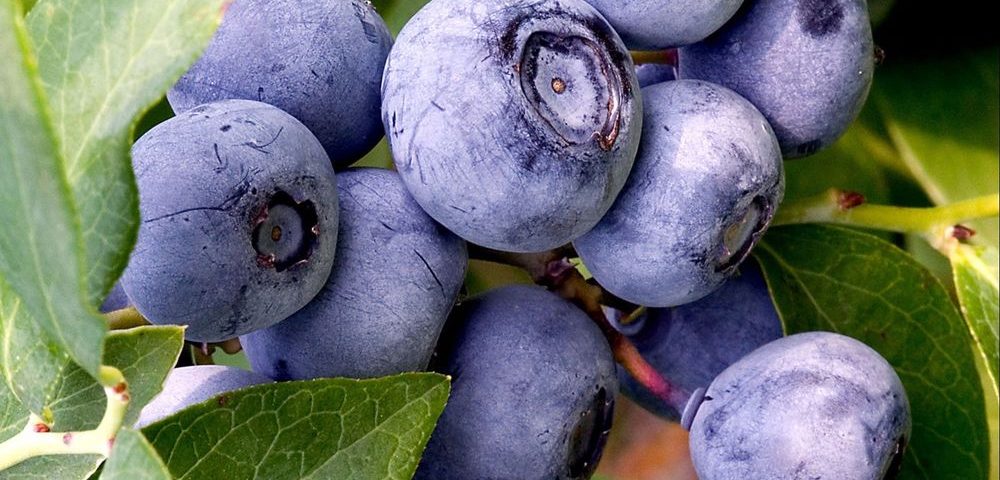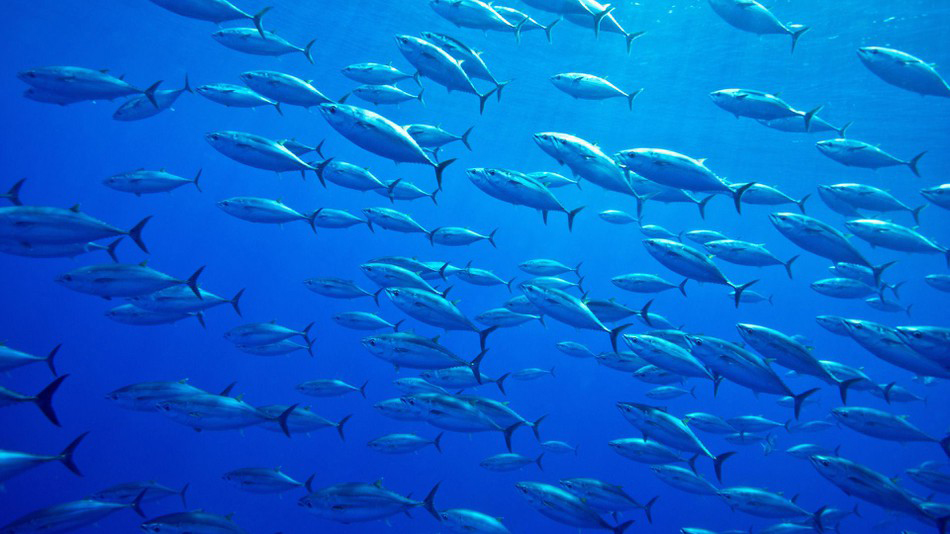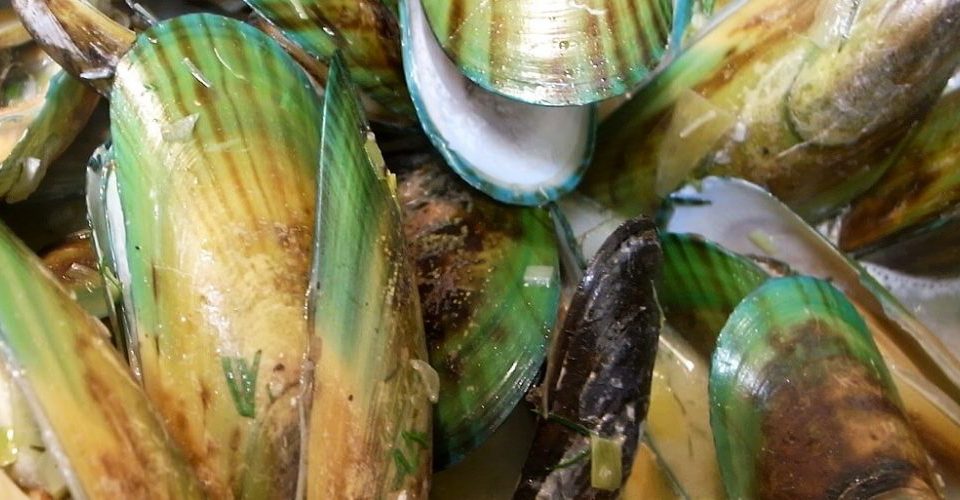NewZealand Bilberry

How Does MSM Work?
June 5, 2018
The Green Lipped Mussel is grown on ropes suspended from platforms on the surface of the ocean.
June 5, 2018New Zealand Bilberry: Wild and cultivated harvesting
Blueberries are a good source of Vitamin C, iron, and dietary fiber, and can be eaten raw or cooked. They also freeze very well for later use. Cooking berries does destroy some of the Vitamin C and B vitamins and cause some loss of their colour. Their blue-black pigment is the result of anthocyanosides, a type of flavonoid responsible for stabalizing collagen structure.
These pigments turn reddish in acids (lemon juice) and a deeper blue in bases (baking soda). The yellow pigments (not visibly seen) are called anthoxanthins, which will combine with the blue pigments, causing the berries to turn a greenish-blue in some recipes if too much baking soda is used.
Blueberries contain carbohydrates that tend to prevent coliform bacteria from adhering to the walls of the bladder and urethra, much in the same way that cranberries perform.
The attachment of harmful bacteria to organ walls is the first step toward infection. European bilberries are used in botanical medicine because their flavonoids have many important effects on the body, including decreasing blood platelet aggregation which can lead to strokes and heart attacks.
Bilberry flavonoids may also benefit varicose veins by strengthening capillaries and vein structure, as well as strengthening the blood-brain barrier, thereby limiting the uptake of harmful substances.
They have also proven to help relieve day and night blindness and retinal degeneration. Bilberry leaf tea is used to help normalize high blood sugar in diabetics.




